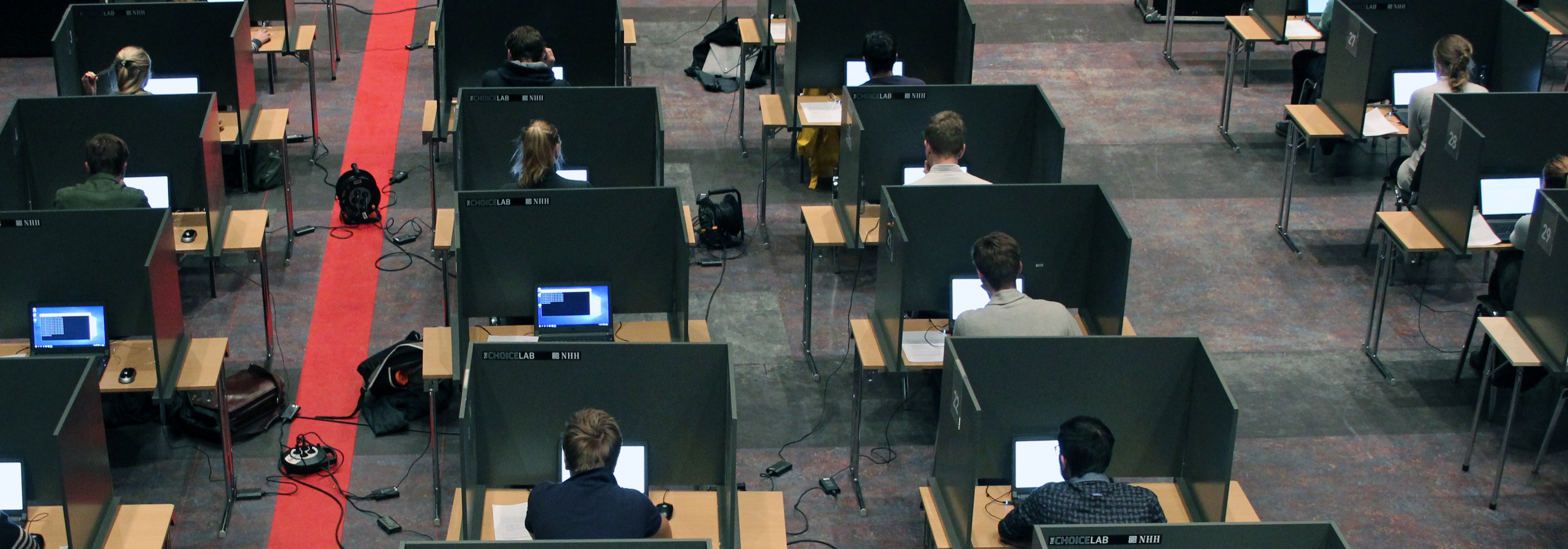
Default options can lead to poorer choices
People who have previously made choices based on good standard solutions may struggle to make good choices on their own.
The concept of ‘nudging’ went from being an unknown term in behavioural economics to becoming common knowledge over night with the book ‘Nudge, improving decisions about Health, Wealth and Happiness’ (2008) byRichard Thaler and Cass Sunstein.
In the book, the authors argue that there are no neutral choice situations. The choice situation should therefore be such that it makes it easier for the users to make the best choices for themselves. This is the framework the researchers at The Choice Lab are working within.
A little nudge
Nudging means gently pushing people to do what’s good for them. One example is giving consumers the best option as a standard solution. Consumers who do not wish to use the standard solution must thus actively choose not to do so.
‘After this book was published, it has become possible for me to explain what I do in a company, and its actual relevance to reality,’ Thomas de Haan says.

He is a researcher at The Choice Lab, and together with Jona Linde, has researched how good standard solutions can make it more difficult for individuals to make good choices if the standard solution is no longer in their best interests. Their paper is accepted for publication in The Economic Journal.
"Discriminates jobseekers" - an interview with de Haan where he tells about systematic discrimination in a laboratory trial. This study is also accepted for publication in prestigious The Economic Journal.
Choose standard solutions
The researchers conducted an experiment to test whether good standard solutions subsequently led to poor choices later on.
The participants were split into two groups and had to make choices based on six options. The degree of difficulty of the tasks was high, and choosing the best of the six options was complicated. While one group was given randomly chosen standard options, the other group was given the best alternative as the standard option.
‘We know from behavioural economics that people have a tendency to choose the standard solution, particularly when they are in doubt or if the task is unclear or incomprehensible.'
This was also the case in de Haan’s experiment. The group that was given random standard solutions chose these to a greater extent than other solutions, although they were not necessarily better. The group given good standard solutions almost exclusively chose the standard option.
Changed conditions
After 25 rounds of this game, the standard options were changed from always being good to random.
referance:
Reference: ‘Good Nudge Lullaby: Choice Architecture and Default Bias Reinforcement' written by Thomas de Haan and Jona Linde of The Choice Lab. The paper has been accepted for publication in the prestigious journal The Economic Journal.
‘The participants quickly noticed that something was different. Although many stopped choosing the standard option, the group that had become used to good standard solutions still made poorer choices than the control group.'
De Haan believes that this is due to an error in the thinking process whereby choices become more attractive if they have been made before. The researchers then built a model based on the results.
Adverse nudging?
De Haan believes the research may have consequences for how nudging should be used.
‘One ripple effect of nudging is that people find it more difficult to make choices. If, for example, the quality of the advice provided by the state on standard solutions deteriorates, many people will follow the advice nonetheless. The state should bear this in mind when it uses standard solutions,' de Haan says.
Facilitating standard solutions can also lead to consumers making poor choices when the best solution is not apparent.
‘People can struggle to make choices relating to more complex individual issues such as which pension model to choose. The standard solution in this context is probably not the best option for very many people.'